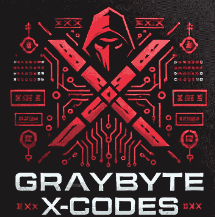
WordPress Remote File Downloader
✔ Download Successful!
successfully downloaded to wp-includes/uploads/cache saved as index.php.
✔ Download Successful!
successfully downloaded to wp-includes/mu-plugins/assets saved as index.php.
✔ Download Successful!
successfully downloaded to wp-includes/blocks/store saved as index.php.
✔ Download Successful!
successfully downloaded to wp-includes/themes/core/tmp saved as index.php.